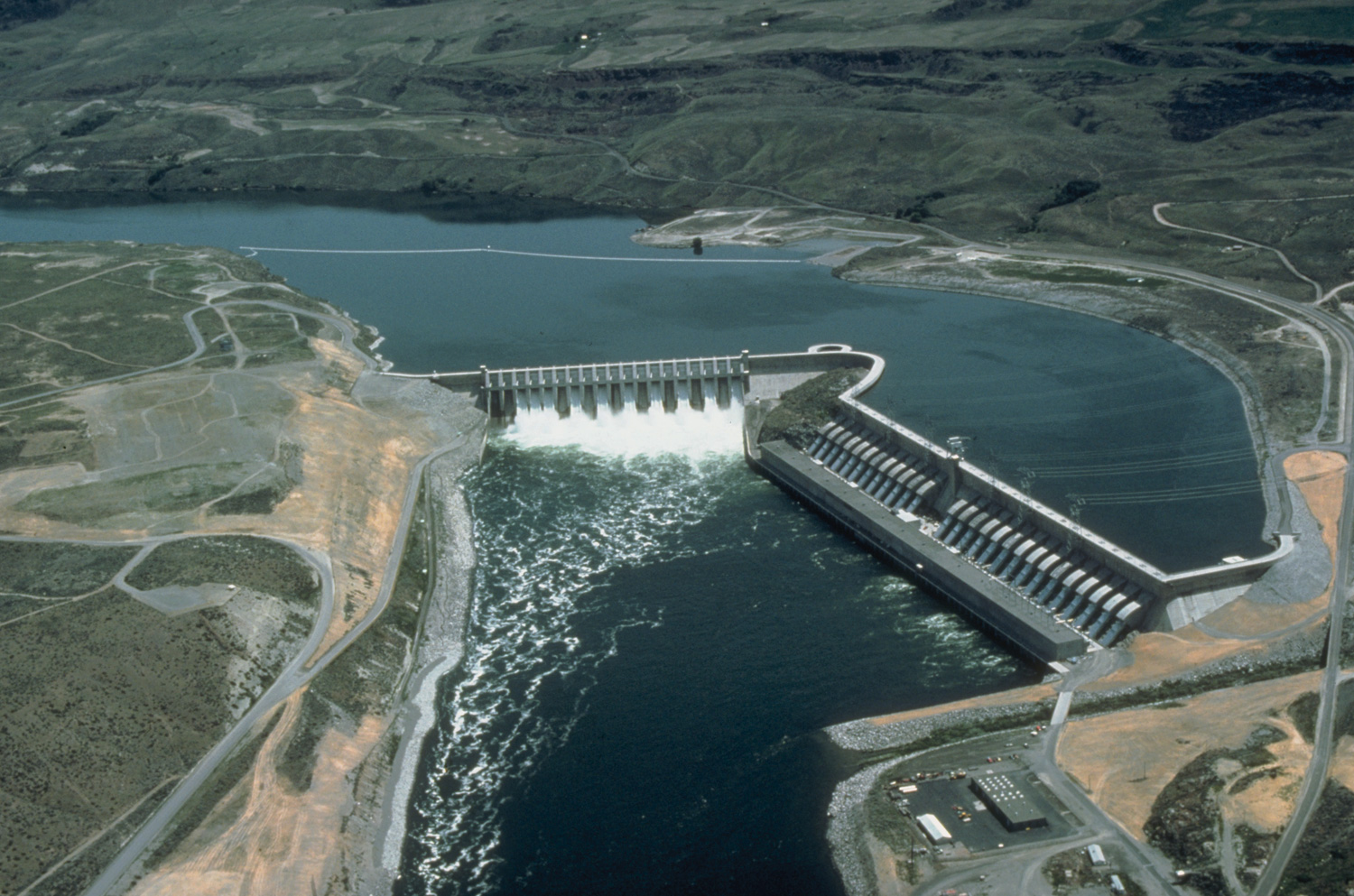Introducing Eflows
Originally published in anotherverse
I
first heard about “eflows” when I was working as an intern.
Unacquainted with the term, I researched about it only to discover its
interesting theory was closely related to my undergrad thesis work. This
essay is an attempt to introduce eflows and their importance.
People
are dependent on dams for many purposes. Dams are built to control
flood, to irrigate agricultural lands, navigate water supply, for
hydroelectric purposes and also for recreation. While they provide
crucial services for mankind, they also prohibit the natural flow of the
water bodies. There are periods where river ceases to flow, to those
periods where the rivers flow full and flash out to the sea. Specific
patterns of flows support ecosystem services provided by the river
system. These are important naturally occurring events. Flood pulses
help move the river sediment to the plains. Seasonal inundation of
floodplains and wetlands support ground water recharge. Also, the flows
of freshwater to estuaries prevent the saline intrusion into coastal
aquifers. Drying of the rivers and flashes at the different times of the
year correspond to natural events and are linked with natural phenomena
such as spawning and migration. For example: These natural events
provide a nice habitat for aquatic bugs and bugs are the backbone of
river systems as they provide more food sources. However, with the
development of structures like dams, barrages and weirs the natural flow
of the river is disturbed. The obvious change is the change in the
volume and timing of its flow. Thus, what eflows do is, they try to
mimic what would have happened under the natural flow conditions before
the rivers were regulated. To help mimic the natural flow conditions,
the timing and volume of the flows is being carefully planned. Hence,
environmental flow is a system for managing the quantity, timing and
quality of water that flows below a dam to maintain river health. It
aims to improve water quality, restoring sediment deposition, addressing
the life-cycle needs of fish and wildlife and restoring the livelihoods
of river based communities.
Dr.
Colin Chartres, Director General (2007-2012) of IWMI says there is no
universally acceptable definition of environmental flows. According to
Dr. Chartres, eflows applies to a wide range of water bodies. These
include streams, rivers, lakes, estuaries, flood plains and also ground
water dependent ecosystems. In his video on You Tube, he says we need to
think about allocating water – first for the environment and then
dividing up the remaining water for agriculture, industry and domestic
use.
“It isn’t satisfactory just to give an environment what is left after all other uses have taken their share.”
Quoting from an interesting post by Ben Gillespie in the River Management Blog, he says
“Environmental flows are certainly not ‘natural’ as they are hydrologically altered, but the ecological outcome is intended to be natural.”
However,
like he states in his article, to generate a natural ecosystem from
unnatural flows is an arduous task. The difficult thing about
maintaining eflows is knowing exactly how to determine the amount and to
monitor the results. This is where my undergrad thesis work comes into
the picture.
I
had monitored the macroinvertebrates population and diversity in the
three sites of Bagmati River at Sundarijal. If you are from Nepal, you
are probably acquainted with Sundarijal dam, which is one of the
drinking water sources of people of Kathmandu valley. My study involved
learning about the impacts of Sundarijal dam in river water quality by
using aquatic bugs (macroinvertebrates). So what I did there was, I
sampled water and collected bugs from three different sites.
Site 1: Reference Site- Undisturbed, upstream pristine area, ~500m above the dam
Site 2: Impact area- Disturbed area, close to the dam
Site 3: Recovery Area- Downstream, ~500m below site 2.
As
I soaked in information about eflows, I realized I had also contributed
(an itsy bitsy portion) in eflows. Apparently, one of the ways to
monitor the outcome of eflows, is monitoring the water quality, habitat
of the river through the types of species of invertebrates and
vertebrates. In Nepal, the study of East Rapti Basin by IWMI, was the
first study of eflows done in Nepal which aimed to bring the attention
of environmental flows requirements in national water planning.
While the benefits of eflows are clear, there are controversies regarding so as to how much water should we release to gain natural ecological outcome. Also, issues are there regarding “more productive use of water” including domestic, industrial and agricultural use.
References
Cover Photo Taken from en.wikipedia.org
Impacts of Dam: Photo Taken from www.internationalrivers.org
You Tube video- Dr Colin Chartres, former Australian head, IWMI - YouTube




Comments
Post a Comment